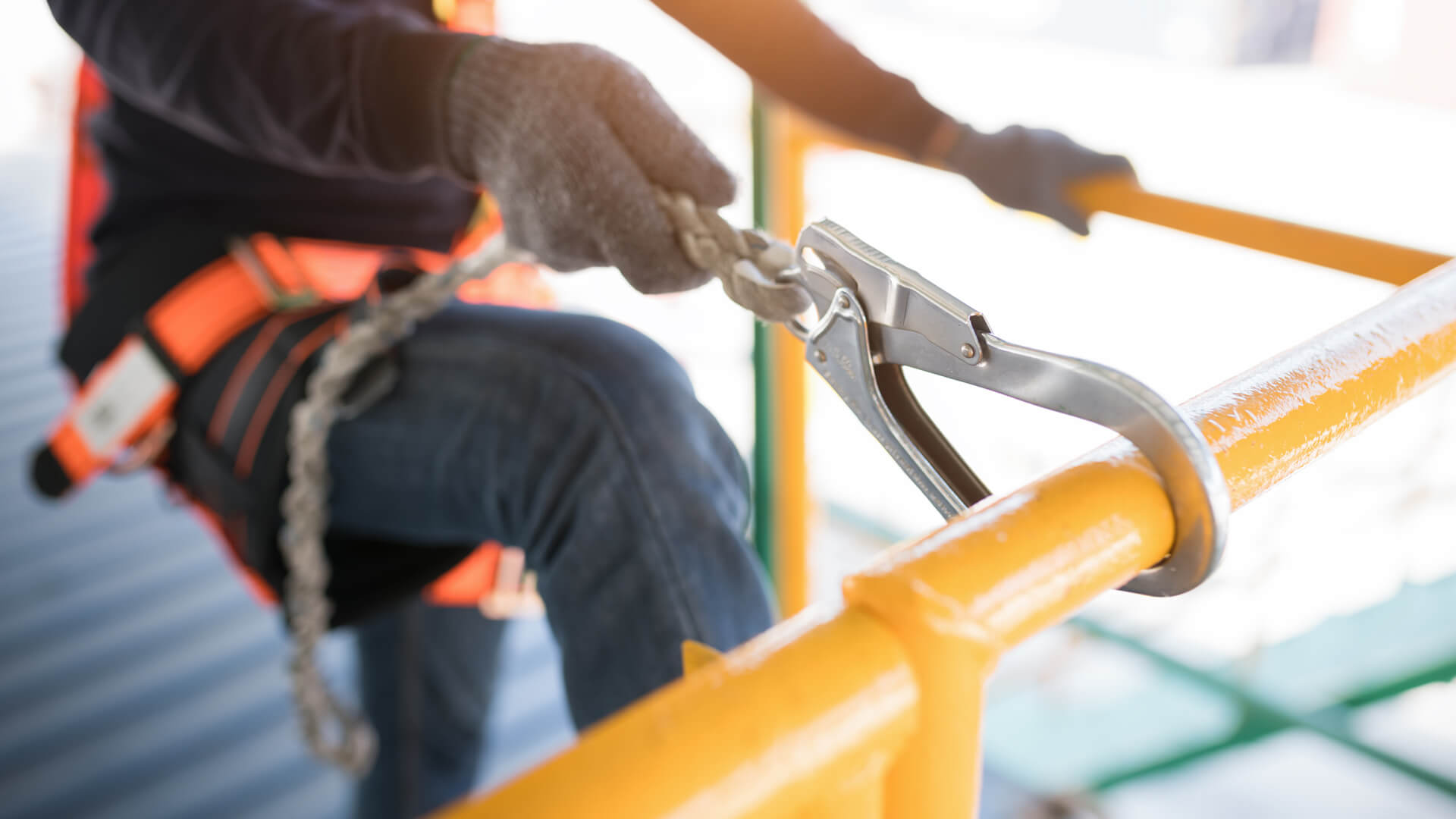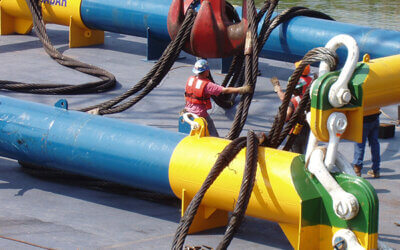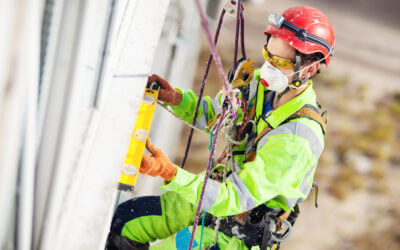It’s no secret that fall protection equipment has come a long way to adapt to the ever-changing workplace. Safety equipment and the implementation of new guidelines and regulations have had an immense impact on workplace injuries. In fact, injuries and illnesses of workers in 2011 were 3.4 incidents per 100 workers, compared to 10.9 incidents per 100 workers in 1972. But how did we get here? This article takes a closer look at the evolution of fall protection equipment.
Before 1970, fall protection was basically unregulated and up to the employees to manage. Because of this, most workers chose not to use safety equipment due to it being restrictive and troublesome.
The Occupational Safety and Health Administration (OSHA) was founded in 1971, following the passing of the Occupational Safety and Health Act of 1970. OSHA began regulating workplace safety laws and standards and provided training, education, and other workplace safety resources like fall protection courses. With the enactment of OSHA, attitudes about workplace safety shifted. Increasing costs of litigation related to workplace accidents put fall protection as a main concern for employers. Additionally, OSHA began conducting unannounced inspections, enticing employers to comply with regulations and avoid heavy fines.
Fall protection equipment began to include things like:
- lifting chains
- marine rope and lanyards
- harnesses
- round slings
- web slings
- anchors
- rope grabs
A lot of this equipment can be related to equipment used for mountain or rock climbing. Through these activities, fall protection equipment has evolved to increase the safety of this protection equipment.
The “100% tie-off” standard required a worker’s body belt to be secured by at least two lanyards. This protection factor was added in the 1980’s once safety body belts became an essential for employees who executed tasks at heights. Fortunately, the body belt soon evolved into a full-harness, which protected workers from spinal and internal organ injuries.
OSHA’s fall protection standards even cover fall protection for home construction projects. Personal fall arrest systems must bring a worker to a complete stop, restrict workers from falling more than 6 feet, and have the strength necessary to endure twice the impact energy of the worker falling 6 feet.
Fall protection is continuing to evolve in today’s workplace, seeking new ways to protect workers. OSHA has ongoing research on how to identify hazards and is also improving current regulations. It’s important for employers to know and understand these safety regulations to ensure their employees are as safe as possible.






0 Comments